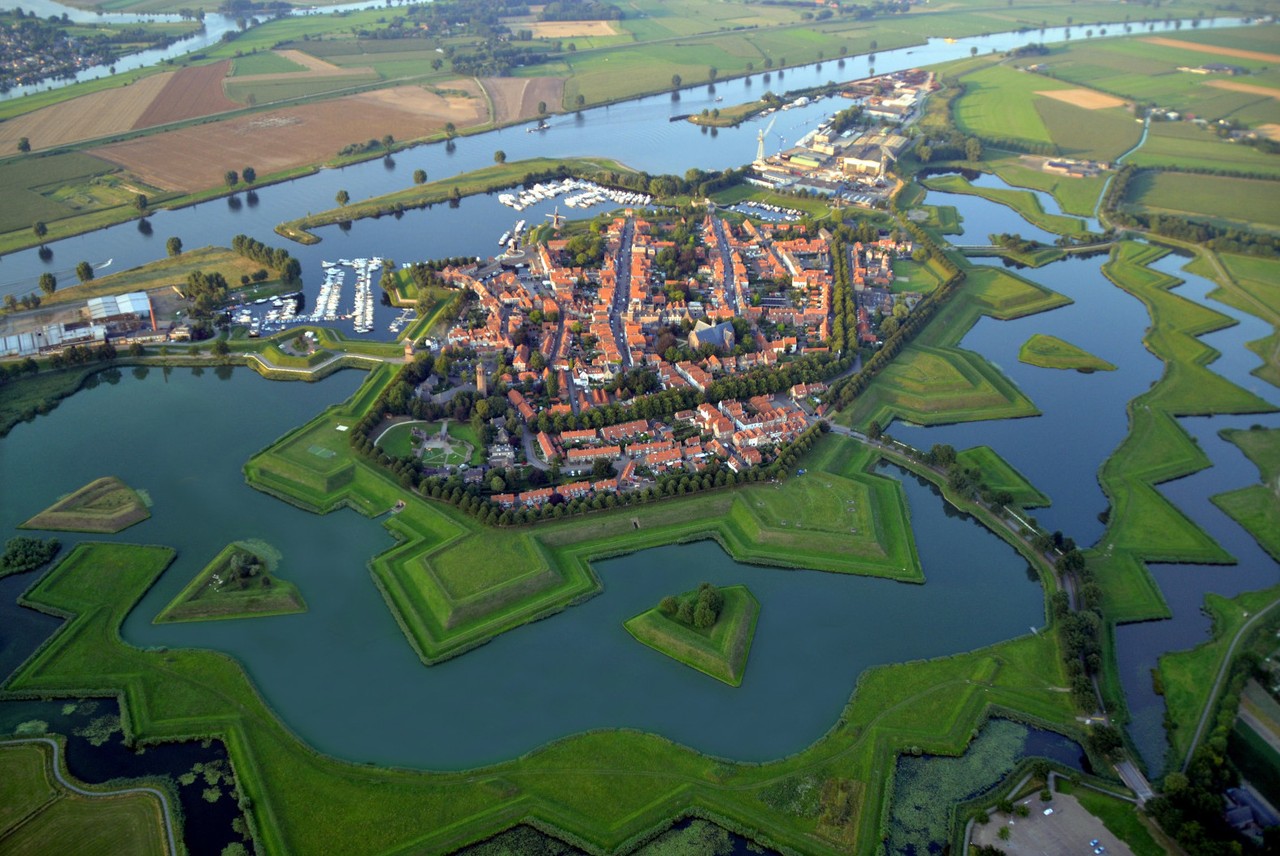North Brabant is a province in the south of the Netherlands. Located in the heart of Western Europe and at the centre of the Benelux countries, it is an important Dutch tourist destination and welcomes many visitors every year. It is the ideal destination for remembrance tourism, as significant Second World War operations took place in the province.
North Brabant attracts visitors due to its stunning landscape, many beautiful castles, and thousands of canals. The flat terrain makes North-Brabant a great place for outdoor activities such as biking, hiking, and exploring nature for all ages. The province was also the home of Dutch painter Vincent van Gogh (1853-1890), who was inspired by its natural beauty. In North-Brabant, there is no need to choose between cities and the countryside. Through guided tours, educational exhibits, and interactive experiences, travellers can witness the enduring legacy of the region while discovering its natural and cultural attractions along with the remarkable Burgundian lifestyle.
© Visit Brabant
The Biesbosch National Park in the west of the province offers a recluse from the lively bustle of the cities and invites you to relax among its lush landscapes. This nature park also played a significant role in WWII history. Situated at the border between liberated North Brabant and the still-occupied province of South Holland, it was a crucial site for resistance members known as Line Crossers. These individuals risked their lives to transport food, messages, medicines, and people between liberated and occupied areas using their boats.
© Visit Brabant
North Brabant was an important setting for the final phase of the Second World War and the liberation of Western Europe, starting from France up to the northern Netherlands. It was one of the locations in the Netherlands where one of the most well-known WWII operations, Operation Market Garden, took place from September 17 to September 25, 1944. This operation aimed to secure the bridges over the Maas, Waal, and Rhine rivers to facilitate a rapid Allied advance towards Berlin. Allied forces were dropped in North Brabant to capture the bridgeheads, allowing ground troops advancing from Leopoldsburg, Belgium, to push through. However, despite the Allies’ significant efforts, Operation Market Garden did not achieve the expected results.
Subsequent operations were launched in North Brabant, including Operation Pheasant (20 October 1944), carried out by the Allied 21st Army Group (comprising the 1st Canadian Army and the British 2nd Army) to liberate the northern part of the region from German occupation. Other notable operations included Operation Aintree (30 September 1944 – 18 October 1944), also known as the Battle of Overloon, and the Battle of the Scheldt (2 October 1944 – 8 November 1944), a crucial operation to clear the Scheldt estuary, enabling the use of the port of Antwerp.
The Allies broke all remaining German positions in the south of the Netherlands by 4 November 1944. The Allied advance northwards resulted in the liberation of most of North-Brabant’s cities, such as Tilburg, Den Bosch, Roosendaal, Bergen op Zoom, Willemstad, and Breda, by 9 November 1944. The front line in North Brabant during this period separated the liberated southern parts of the Netherlands from the still-occupied northern parts of the country. The inhabitants of the occupied regions had to wait until May 1945 to be freed from Nazi occupation.
© Brabant Remembers
North-Brabant is rich in remembrance sites related to the Second World War period, including the National Memorial Camp Vught, a former SS concentration camp that now houses a visitors’ centre with exhibitions and a memorial commemorating the camp and its victims. The Overloon War Museum, the biggest and oldest (opened in 1946) WWII-museum in West-Europe, addresses topics such as oppression, food shortages, and resistance during the time of occupation, while the Wings of Liberation Museum in Best is known for its vast collection of military aircraft and vehicles and recounts the story of Operation Market Garden. Moreover, the Canadian War Cemetery in Bergen op Zoom is the last resting place for around one thousand Canadian soldiers, while the city of Breda dedicated the Maczek Memorial to Stanisław Maczek, a Polish general whose troops managed to liberate the city with little to no civilian casualties.
© Brabant Remembers
Here you can find out more about the sites commemorating WWII in North-Brabant.
In addition to its many remembrance sites, the region of North-Brabant is actively involved in the remembrance of the Second World War and each year organises several activities to involve the public and keep the memory alive, including commemorations, cycling- and walking routes, theatrical performances, exhibitions, workshops, etc. The regional initiative ‘Brabant Remembers’ (Brabant Herinnert) is in charge of these activities, focusing on keeping the memories of WWII alive and actively engaging in the social and societal dialogue about peace and liberty. Brabant Remembers aims to preserve and pass on the stories and experiences of those who lived through the war to future generations.
The commemorations for the 80th anniversary of the liberation of North Brabant will start with the events marking Operation Market Garden in September 2024 and The Battle of the Scheldt in October 2024. The celebrations will continue through May 4-5, 2025, marking the end of the war in the Netherlands.
